mining pans in the australian gold rush

Tools Mining - The Australian Gold Rush
Tools used to mine gold during the Gold Rush. During the gold rush period, miners used different tools and techniques to mine for gold.
获取价格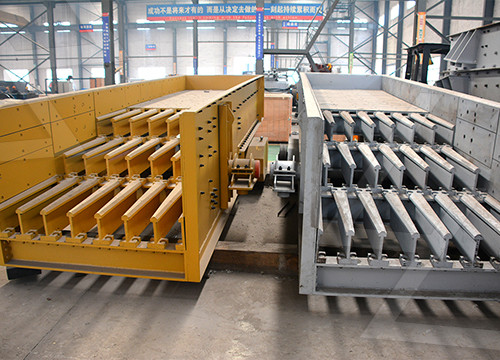
Kids News: Gold mining in the Australian Gold Rush
2018年8月8日 PANNING: You’ll need a round metal pan – like a frying pan without a handle – and you’re most likely to find small nuggets and
获取价格
Australian gold rushes - Wikipedia
Edward Hargraves, accompanied by John Lister, found five specks of alluvial gold at Ophir near Orange in February 1851. In April 1851, John Lister and William Tom, trained by Edward Hargraves, found 120 grams of gold. This discovery, instigated by Hargraves, led directly to the beginning of the gold rush in New South Wales. This was the first gold rush in Australia. It was in full oper
获取价格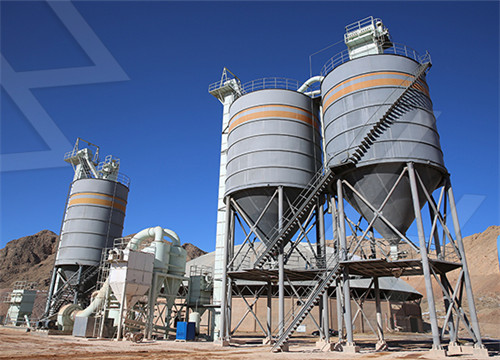
Gold rushes National Museum of Australia

Australia's Gold Rush in pictures - Australian Geographic
2013年5月31日 THE EARLY 1870S WAS a surreal period of Australia’s history. The Gold Rush had seized the nation. Make-shift towns were springing up throughout New South
获取价格
The Kalgoorlie Gold Rush - Australia's Mining History
The Kalgoorlie gold rush was an exceptionally rich region in Western Australia. There have been some amazing large gold nuggets found there over the centuries, including some
获取价格
Australian gold rushes - Students Britannica Kids
The gold rushes transformed the colonies and shaped Australia’s population and society. The lure of gold attracted miners, known as diggers, from all over the world. Tens of thousands of people left their homes and
获取价格
Parker Is Blown Away By His First Pan In Australia Gold Rush:
2020年12月19日 15K. 2.2M views 3 years ago. After spending the day digging ground on land he is looking to buy, Parker Schnabel pans for gold for the first time since being in
获取价格
Australian gold rushes: panning - Students - Britannica Kids
A man pans for gold in Australia in the late 19th century. Panning is a simple method of separating gold from soil or gravel by swirling the mixed material in a pan with water. The
获取价格
Gold rushes begin Australia’s Defining Moments
News of the gold find was soon published in the Sydney Morning Herald, and by 15 May 1851, 300 diggers had arrived in Ophir. The gold rush had begun. The government of the colony of Victoria offered a £200 reward to
获取价格
Australian Gold Rushes 1851 to the 1900s – A Comprehensive
2023年6月1日 The Australian Gold Rushes started in 1851 with the discovery of gold near Bathurst, New South Wales by Edward Hargraves. The rushes continued through the mid to late 19th century, with the last major rush occurring in Western Australia in the 1880s. However, the end of the gold rushes does not mean the end of gold mining in
获取价格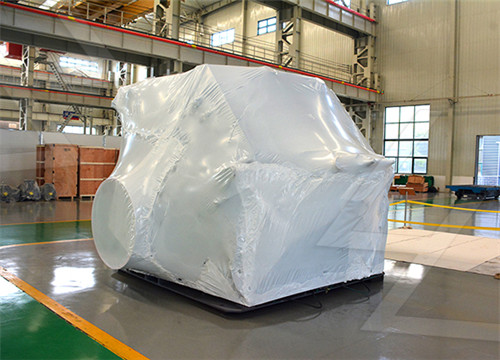
Gold rushes begin Australia’s Defining Moments
The gold rush had begun. The government of the colony of Victoria offered a £200 reward to anyone who could find gold within 200 miles of Melbourne. Within six months gold was discovered in Clunes, and then at Ballarat,
获取价格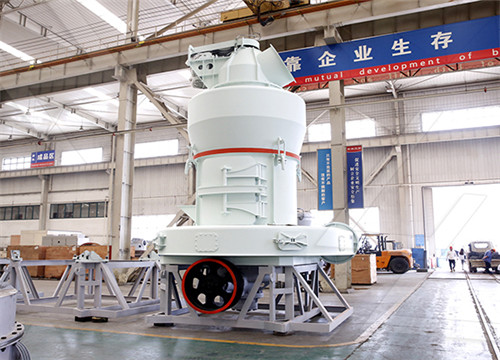
Gold Panning and Fossicking El Dorado
Fossicking along the creek is a very popular and successful hobby and it’s a great way to experience the ‘Gold Rush’ of this once bustling mining area. For gold panning, a miner’s right is needed and can be purchased at the
获取价格
Chinese gold miners National Museum of Australia
Discovery of gold. When gold was discovered in Australia, the volume of Chinese immigration significantly increased. The highest number of arrivals in any one year was 12,396 in 1856. In 1861, 38,258 people, or 3.3 per cent of the Australian population, had been born in China. This number was not to be equalled until the late 1980s.
获取价格
The Gold Rush in California The American West (article) - Khan Academy
The California Gold Rush. On January 8, 1848, James W. Marshall, overseeing the construction of a sawmill at Sutter’s Mill in the territory of California, literally struck gold. His discovery of trace flecks of the precious metal in the soil at the bottom of the American River sparked a massive migration of settlers and miners into California ...
获取价格
Gold panning - Wikipedia
Panning for gold in a creek bed Gold in the pan, Alaska Man gold panning in Fairplay, Colorado early 1900s with dog. Gold panning, or simply panning, is a form of placer mining and traditional mining that extracts gold from a placer deposit using a pan. The process is one of the simplest ways to extract gold, and is popular with geology
获取价格
Glossary of mining terms from the Victorian Gold Rush
2021年6月4日 Strike - the inclination or fall of a reef in its course ; exhibited in the cap, or sometimes in the thinning out or re-formation of a reef. The line of outcrop of a stratum. The dip is necessarily at right angles to the strike. Underlie - (commonly called underlay) - the dip or inclination of a reef or lode.
获取价格
The Art of the Victorian Gold Rush - australianarthistory
The Art and Artists of the goldfields of Victoria. The style of art during the key decades of the gold rush period is known as Colonial [lv] art and the subjects that were most popular were landscapes, seascapes, portraits (which drew valuable commissions) and views of townships and homesteads.
获取价格
(PDF) Cornish Tin-Streamers and the Australian Gold Rush:
2015年6月1日 In the 19th century the migration of Cornish mining families created a diasporic community with settlements in the United States, Mexico, South Africa and Australia centred on copper, tin and gold ...
获取价格
Australia’s Gold Rushes and their Impact on Colonial Development
2023年8月6日 The Gold Rushes were a catalyst for significant political development and legal reform in Australia. They forced governments to grapple with complex issues related to land rights, ownership ...
获取价格
California Gold Rush Definition, History, Facts Britannica
During construction of the mill, gold was discovered, which triggered a gold rush. In 1848 John Sutter was having a water-powered sawmill built along the American River in Coloma, California, approximately 50 miles (80 km) east of present-day Sacramento. On January 24 his carpenter, James W. Marshall, found flakes of gold in a streambed.
获取价格
Parker Is Blown Away By His First Pan In Australia Gold Rush:
2020年12月19日 After spending the day digging ground on land he is looking to buy, Parker Schnabel pans for gold for the first time since being in Australia. He is blown aw...
获取价格
Gold cradle - Australia’s Defining Moments Digital Classroom
This gold cradle is a replica of cradles that were found throughout the Australian gold-fields. The cradle was a box with two metal sieves, and it was used to mine alluvial, or surface, gold. One person shovelled dirt into the cradle, another poured in water, and a third rocked the cradle from side to side, sieving mud down through the levels.
获取价格
Tennant Creek Gold Rush Monument Australia
The metal etching of a miner panning for gold recognises that Tennant Creek was the site for the last gold rush in Australia during the 1930s. At that time it was the third-largest gold producer in Australia. Gold was discovered in the ranges three miles north of the current town area in 1926 by J Smith Roberts. In 1927 Charles Windley, a telegraph operator,
获取价格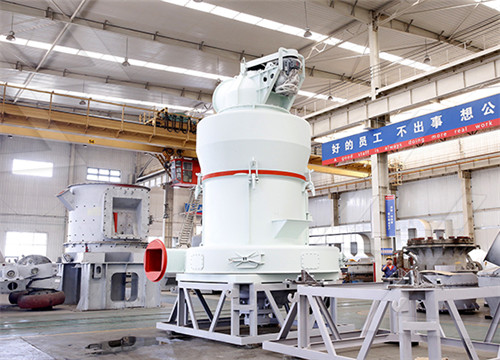
California Gold Rush Definition, History, Facts
During construction of the mill, gold was discovered, which triggered a gold rush. In 1848 John Sutter was having a water-powered sawmill built along the American River in Coloma, California, approximately 50 miles (80 km)
获取价格
Parker Is Blown Away By His First Pan In Australia Gold Rush:
观看视频7:592020年12月19日 After spending the day digging ground on land he is looking to buy, Parker Schnabel pans for gold for the first time since being in Australia. He is blown aw...
获取价格
Gold cradle - Australia’s Defining Moments Digital Classroom
This gold cradle is a replica of cradles that were found throughout the Australian gold-fields. The cradle was a box with two metal sieves, and it was used to mine alluvial, or surface, gold. One person shovelled dirt into the cradle, another poured in water, and a third rocked the cradle from side to side, sieving mud down through the levels.
获取价格
Tennant Creek Gold Rush Monument Australia
The metal etching of a miner panning for gold recognises that Tennant Creek was the site for the last gold rush in Australia during the 1930s. At that time it was the third-largest gold producer in Australia. Gold was discovered in the ranges three miles north of the current town area in 1926 by J Smith Roberts. In 1927 Charles Windley, a telegraph operator,
获取价格
Australian gold rushes - Kids Britannica Kids Homework Help
The mountain, which the brothers renamed Mount Morgan, became known as the “mountain of gold.”. It was one of Queensland’s richest and longest surviving gold mines. Work continued at the site until 1981. Promising gold rushes occurred in Western Australia in the 1880s and 1890s.
获取价格
Gold rush: level 1 - Scootle
Dig for gold on the Ballarat goldfields in 1865. Try your luck at alluvial or shaft mining. Buy a miner's permit, tools and enough supplies to last a month. Discover how hard life was on the goldfields. Explore a map showing the countries migrants left to join the gold rush in Australia. Find out which towns developed due to the discovery of gold. Look at an
获取价格
Gold Panning In WA Australia's Golden Outback
How to pan for gold. Half-fill the pan with sand, small rocks and gravel collected from the stream. Place the pan under the water's surface. Remove bigger rocks/stones and break up large clumps of dirt. Place your hands on opposite sides of the pan and continue to hold it
获取价格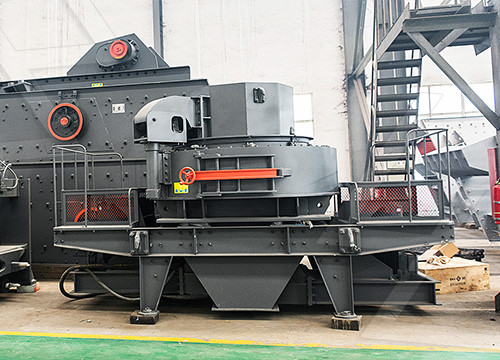
Gold Rush Terminology - History Hill
The first gold commissioner on the Ophir Goldfield, R.J. Hardy observed a nugget was half an ounce or more and held special attraction to fossickers. ORE – A rock that holds a metal you want. If quartz has gold in it then that quartz is classed as ore. PANNING – The first Australian gold pans were frying pans with the handles removed.
获取价格
Gold Mining Terms Glossary – Gold Bug Park
gold – a precious yellow metallic element, highly malleable and ductile, and not subject to oxidation or corrosion. Symbol: Au; atomic. weight:96.967; atomic number: 79. headframe – a structure supporting the hoisting sheaves at the
获取价格
Gold Rush: 1848–1860: Mining Techniques Picture This
The mining techniques used in the Gold Rush evolved over time. This evolution tells a much more complex story than it seems at first glance; the change in mining techniques reveals the myth of the Gold Rush. In legend, the Gold Rush was where a poor farmer from New York or Pennsylvania could go, "strike it rich", and return home a wealthy man.
获取价格
Australian Championship World Goldpanning Association
2 之 Hello Panners, Well despite a somewhat damp day, the 2020 Australian Gold Panning Championships went off without a hitch. Congratulations to those who firstly made it to the finals and to the eventual category winners. The overall Champion this year is a past winner in Matt Keleva. Matt won both the Skilled and Eureka categories, clearly making ...
获取价格
Sofala Gold Panning - A Golden Opportunity for your Family.
2020年7月23日 Sofala is Australia’s oldest surviving gold mining town. Set out on a half-day gold panning tour with family-owned Sofala Gold to learn the art of gold panning. ... It enriches and brings to life Australia’s fascinating Gold Rush history and gives your children an awesome adventure in the great outdoors. But beware – there is a good ...
获取价格
Gold Rush: California, Date Sutter’s Mill HISTORY
2010年4月6日 The Gold Rush in California started in 1848 after gold was found at Sutter’s Mill. Within a year, hundreds of thousands of 49ers seeking fortune poured into the state.
获取价格
The Australian Gold Rush - Test Your Knowledge - ProProfs
2023年3月21日 Correct Answer. C. The Victorian Gold Rush. Explanation. The Victorian Gold Rush is the correct answer for the dramatic increase in the population of Melbourne. This event refers to the discovery of gold in Victoria, Australia in 1851, which attracted a large number of people to the region in search of gold.
获取价格